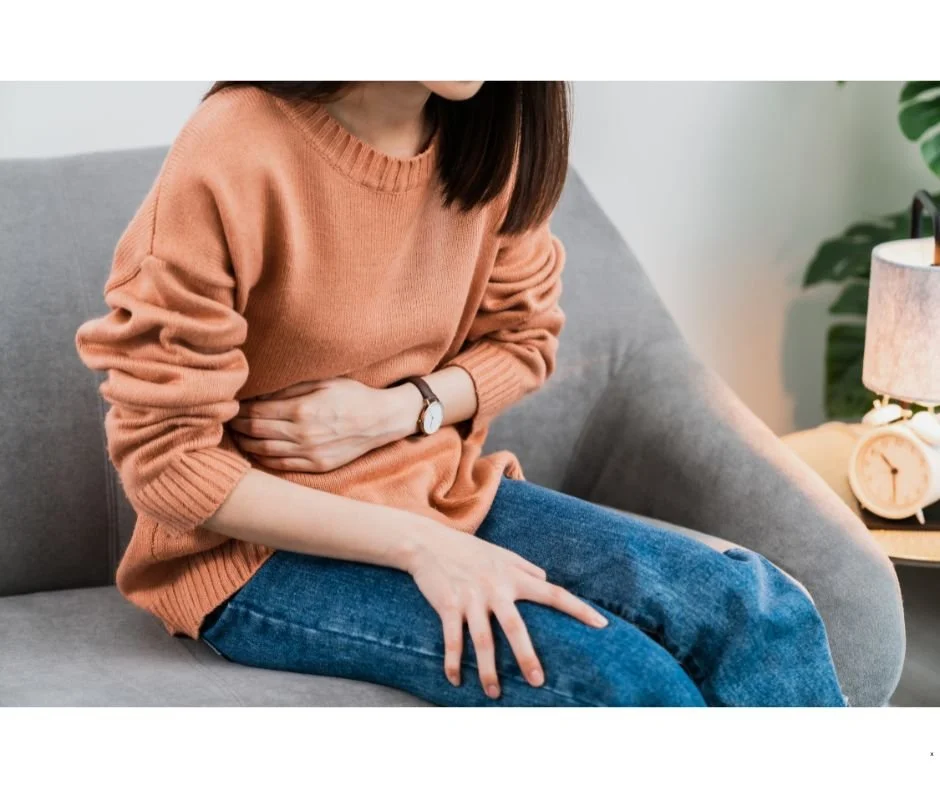How to Recover from Accidental Gluten Exposure: My Go-To Foods & Supplements
Living with celiac disease or gluten sensitivity means being extra careful about everything you eat. But even the most diligent among us know that mistakes can happen — a mislabeled “gluten-free” product, hidden gluten in sauces, or cross-contact at a restaurant. When that happens, the aftermath can include bloating, brain fog, fatigue, stomach cramps, diarrhea, or days of feeling unwell.
Over time, I’ve created a gluten recovery routine that helps calm my system, soothe inflammation, and support my gut lining so I can feel better faster. In this post, I’m sharing my favorite supplements, digestive supports, and foods that I turn to after accidental gluten exposure.
(This is not medical advice. Always talk to your healthcare provider before starting supplements or changing your treatment plan.)
Why Recovery Matters After Gluten Exposure
When gluten enters the body of someone with celiac disease or gluten intolerance, the immune system mistakes it for a threat and launches an attack. This immune response damages the villi — the tiny finger-like structures in the small intestine that absorb nutrients.
That’s why repairing the gut lining, reducing inflammation, and supporting digestion are so important after exposure. The right supports can’t erase the autoimmune response, but they can ease symptoms, minimize discomfort, and help the healing process.
My Step-by-Step Gluten Exposure Recovery Protocol
1. Activated Charcoal – For Toxin Binding
The first thing I reach for is activated charcoal. This natural binder works like a sponge, trapping toxins and helping the body flush them out more quickly. While it doesn’t “erase” gluten, it can help reduce the toxic load on your system and may lessen some of the severity of symptoms.
It can also help to ease bloating, nausea, and stomach upset when symptoms first appear. I recommend to take as directed on the packaging and only take during the first 24 hours of discomfort.
👉 Tip: Only use activated charcoal occasionally, as it can also bind to beneficial nutrients and medications.
2. Papaya Enzymes – For Gentle Digestion
Next up is papaya enzymes, which contain papain, a natural digestive enzyme. Papain helps break down proteins and supports overall digestion.
For me, papaya enzymes feel gentle and soothing — they help calm stomach upset, reduce bloating, and support the digestive process when my gut feels inflamed.
Papain has also been known to help move gluten from the system quicker helping to reduce damage to the intestinal lining.
3. GI Revive – For Gut Repair
One of the most important steps after gluten exposure is repairing the damage in the gut. Without this, it can take much longer to feel better. My favorite tool here is GI Revive by Designs for Health, which combines soothing herbs and gut-healing nutrients.
Key ingredients include:
Slippery Elm & Marshmallow Root – coat and calm the digestive tract.
L-Glutamine – fuels intestinal cells (enterocytes) and supports repair of the gut lining.
N-Acetyl-D-Glucosamine (NAG) – strengthens the mucosal barrier, protecting the intestinal wall.
Aloe Vera – known for its anti-inflammatory and soothing properties.
Together, these compounds reduce irritation, support repair, and strengthen the intestinal lining — all vital steps in healing after gluten exposure.
4. Broad-Spectrum Digestive Enzymes – To Reduce Digestive Stress
When my body is inflamed, the last thing I want is for digestion to work harder than it needs to. That’s why I include a broad-spectrum digestive enzyme. These supplements contain multiple enzymes that break down fats, proteins, and carbs, making food easier to digest and reducing bloating, gas, and discomfort.
5. Probiotics & Fermented Foods – To Restore Balance
Gluten exposure can disrupt the gut microbiome, throwing off the balance between “good” and “bad” bacteria. To support recovery, I add in probiotics — either as a supplement or through fermented foods.
Some of my favorites include:
Probiotic capsules with Lactobacillus and Bifidobacterium strains
Yogurt (dairy or dairy-free, as long as it’s gluten-free)
Kimchi, sauerkraut, or other fermented vegetables
By restoring balance in the microbiome, probiotics can support immune health, reduce inflammation, and promote gut repair after gluten exposure.
6. Brothy Soups & Herbal Teas – For Soothing Nourishment
Food is medicine, especially when your gut needs comfort. After gluten exposure, I keep meals gentle, hydrating, and nourishing.
Broths (bone broth or vegetable broth): rich in minerals, amino acids, and collagen to support gut lining repair. Easy to digest and hydrating.
Peppermint tea: helps ease cramping, gas, and bloating by relaxing digestive muscles.
Dandelion tea: supports liver detoxification, which can help your body process and eliminate toxins more efficiently.
These foods and teas are light on the digestive system but full of gut-healing properties.
Lifestyle Tips for Recovering from Gluten Exposure
In addition to supplements and foods, I also recommend:
Rest: Your body needs extra energy to heal.
Hydration: Electrolytes and water help flush toxins.
Simple meals: Stick to whole foods and avoid processed snacks that may further irritate the gut.
Gentle movement: Walking or stretching can support digestion and circulation without overtaxing your system.
Final Thoughts: Supporting Your Gut After Gluten Exposure
Accidental gluten exposure is one of the toughest parts of living with celiac disease or gluten intolerance. While we can’t always prevent it, we can have a plan in place to minimize discomfort, calm inflammation, and support gut repair.
For me, that plan includes:
Activated charcoal
Papaya enzymes
GI Revive for gut repair
Broad-spectrum digestive enzymes
Probiotics and fermented foods
Brothy soups and healing teas
Each of these steps plays a role in helping me recover faster and feel more like myself again.
You can find all of these supplements, teas, and more on my SHOP page
— curated with my favorite gut-healing essentials to support your gluten-free journey.
Want more in-depth resources? Check out:


